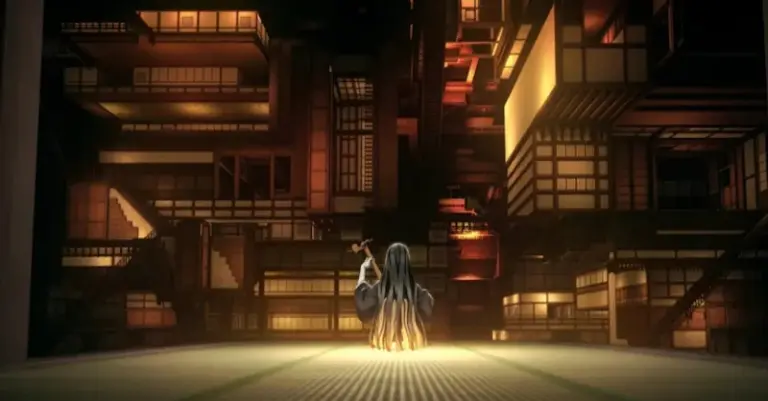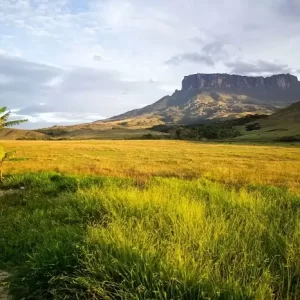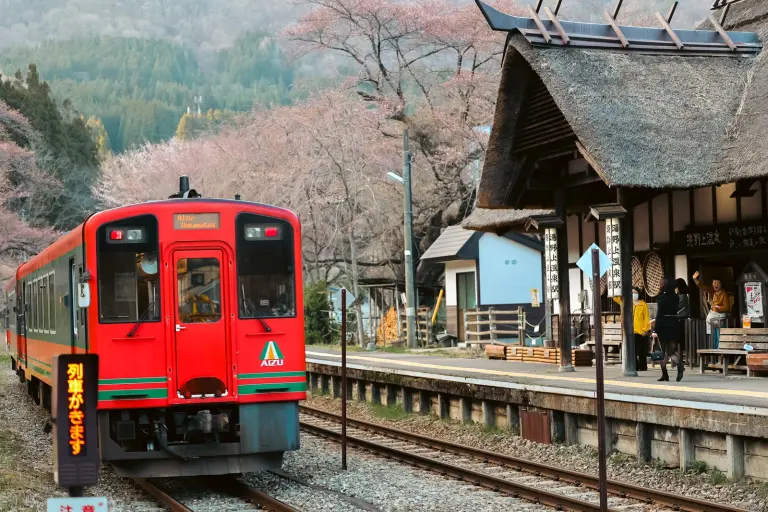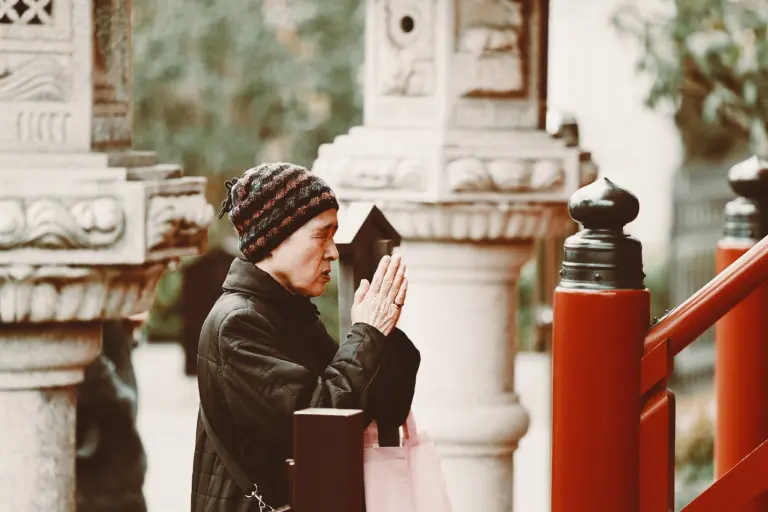Amid the glittering skyline and fast-paced modernization of Beijing, one relic of the past refuses to disappear — a mysterious “ghost market” where buyers and sellers exchange antiques and whispers in the dark of night.
Nestled in Daliushu Village, Wang Si Ying Township, Chaoyang District, Daliushu Market sits about 15 kilometers southeast of Beijing’s city center. Located between the 4th and 5th Ring Roads, this market has managed to retain its rustic charm while still being easily accessible from the rapidly growing urban sprawl.
The Ghost Market – A Cultural Relic That Lives at Night
Originally just a spontaneous flea market, Daliushu gradually evolved into a bustling trade hub. Its fame skyrocketed thanks to the weekly “ghost market”, a curious night bazaar held every Tuesday evening. No neon signs, no glowing storefronts—just flickering flashlights, hushed negotiations, and rows of artifacts laid out under the open sky. It feels less like a marketplace and more like an open-air museum infused with nostalgia and intrigue.
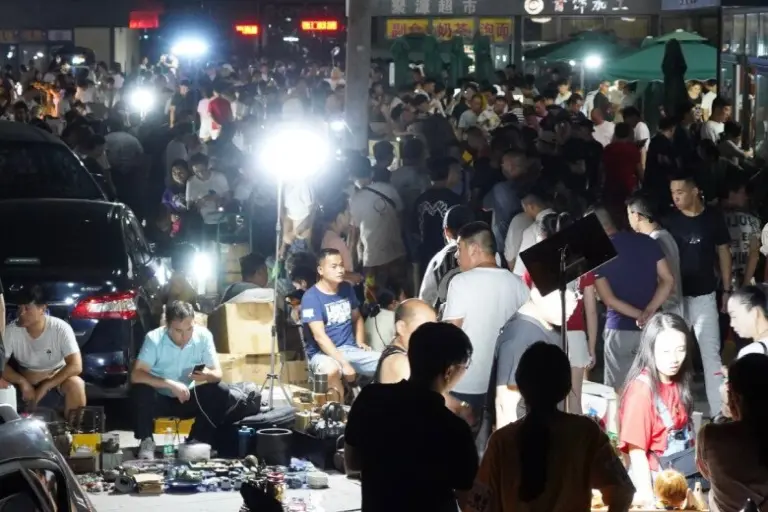
>> The “Kingdom of Women”: A matriarchal society where men take the back seat
The term ghost market (鬼市) harks back to a late Qing Dynasty tradition, where aristocrats and former palace workers, displaced by political and economic upheaval, secretly sold heirlooms under the cover of night to avoid taxes and scrutiny. Buyers came equipped with torches; sellers remained anonymous in the crowd.
That same spirit lives on today at Daliushu. From 5 p.m. on Tuesday to 2 a.m. on Wednesday, collectors, tourists, and curious locals arrive in waves—armed with suitcases, flashlights, and gemstone inspection tools. In 2022 alone, each ghost market night drew around 3,000 visitors.
By 9 p.m., the market swells with murmured haggling, darting lights, and the soft shuffle of footsteps—all forming a hauntingly vibrant scene in the darkness.
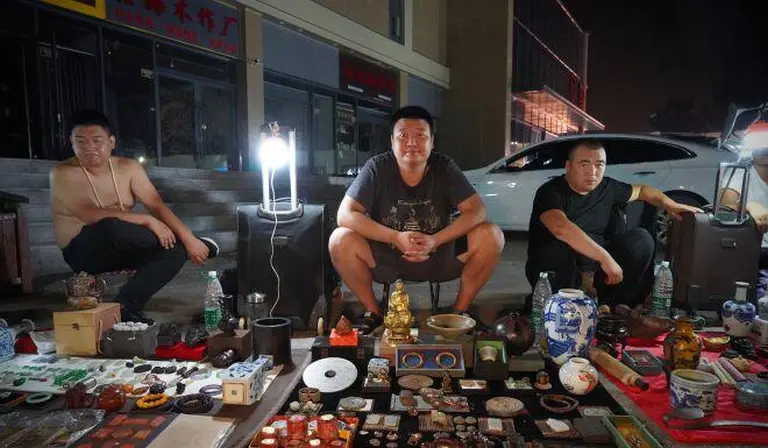
The Antiques Universe – Where Authenticity Is Always in Question
Daliushu is often hailed as a paradise for antique lovers, where Ming and Qing dynasty vases might sit next to rusty bolts or a vinyl from the 1970s. The most sought-after items include:
- Porcelain and Ceramics: From small Buddha statues to elegant teacups, prices range from a few dollars to thousands. Experts estimate that up to 70% of the antiques are reproductions, many crafted in Jingdezhen, a town famed for convincingly replicating historical pieces.
- Mechanical Watches: Brands like Rolex and Omega show up frequently, mostly second-hand. Some shoppers strike gold with rare finds, while others unknowingly walk away with high-end replicas.
- Ink Paintings and Calligraphy: Delicate landscapes and classical Chinese scrolls—many dating back to the Republican era—lend the market its nostalgic air.
- Jade and Stone: A staple in Chinese culture, jade draws in serious buyers who often bring UV flashlights to analyze translucency and detect fakes.
Even with so many knockoffs, the thrill of treasure hunting makes Daliushu irresistible. Visitors aren’t just shopping—they’re testing their knowledge, intuition, and negotiation skills in a space where history and forgery collide.
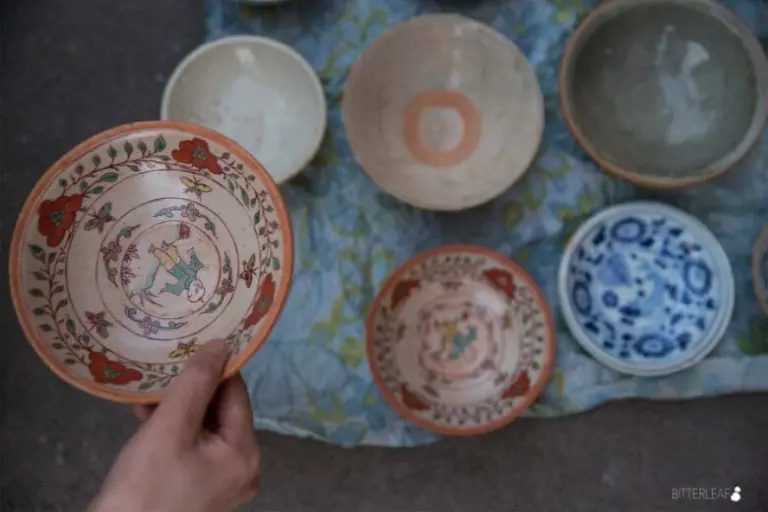
>> 10 most famous mountains in China – Where scenic beauty feels otherworldly
Beyond Antiques – Where Fashion and Function Meet
Interestingly, only about 40% of the market is dedicated to antiques. The rest is a lively bazaar of consumer goods—from high-end leather jackets and traditional Chinese bridal gowns to genuine cowhide boots and casualwear.
A pair of leather boots for the equivalent of $70 or a wedding dress for $20 isn’t unusual. There’s even a “Russian section” selling imported goods like Siberian vodka, dark chocolate, and matryoshka dolls.
Home goods are equally diverse—pressure cookers, stovetops, even restaurant-grade exhaust systems line the aisles.
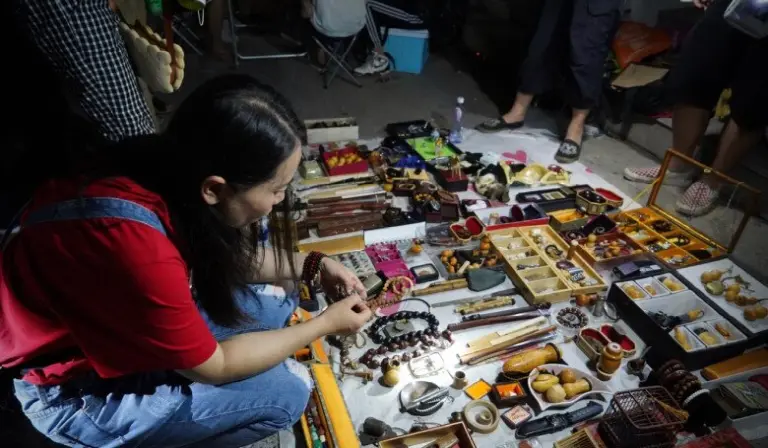
Midnight Food Fest – A Culinary Soul Beneath the Stars
Food is the market’s second heartbeat. Over 50 varieties of street snacks fuel the night crowd, creating a spontaneous night-long food tour:
- Mongolian Lamb Tripe Hotpot: Stuffed with minced meat and herbs, the tripe is simmered for hours in bone broth—hearty and fragrant.
- Roasted Sweet Potato Pancakes: Crispy on the outside, paired with pickled radish and a secret sauce, priced under $1.
- Fried Stinky Tofu: Not for the faint-hearted, this pungent favorite is served with a fiery dipping sauce.
- Taiwanese Bubble Tea: Hot and cold versions are available at mobile carts until 2 a.m., from just $1.20 per cup.
By midnight, Daliushu feels more like a social club than a marketplace. Young professionals gather around bubbling hotpots, sharing stories over spice and smoke—capturing a rare, authentic slice of Beijing nightlife.

>> China’s most bizarre dishes that challenge even the bravest foodies
A Living Time Capsule – Travel Back Without Leaving the City
Daliushu isn’t your typical night market—it’s an immersive cultural journey. Food tours lasting up to three hours guide visitors through both everyday flavors and culinary oddities. One highlight: an ancient copper hotpot filled with Mongolian lamb and over ten types of wild herbs.
Collectors call it the ultimate treasure-hunting ground. Flashlights glint off porcelain, magnifying glasses inspect every brushstroke, and UV devices scan jade stones—all in search of authenticity in the shadows.
A Final Bastion of Old Beijing
In a city racing toward the future, Daliushu stands as one of the last fortresses of traditional market life. It’s a mirror reflecting Beijing’s transformation—from Qing-era aristocrats avoiding taxes to modern vendors livestreaming their wares.
At Daliushu, you don’t just buy things—you browse history under a flashlight and reconnect with forgotten stories in the heart of a city defined by steel and glass.
If you want to understand Beijing, spend one night in Daliushu.

